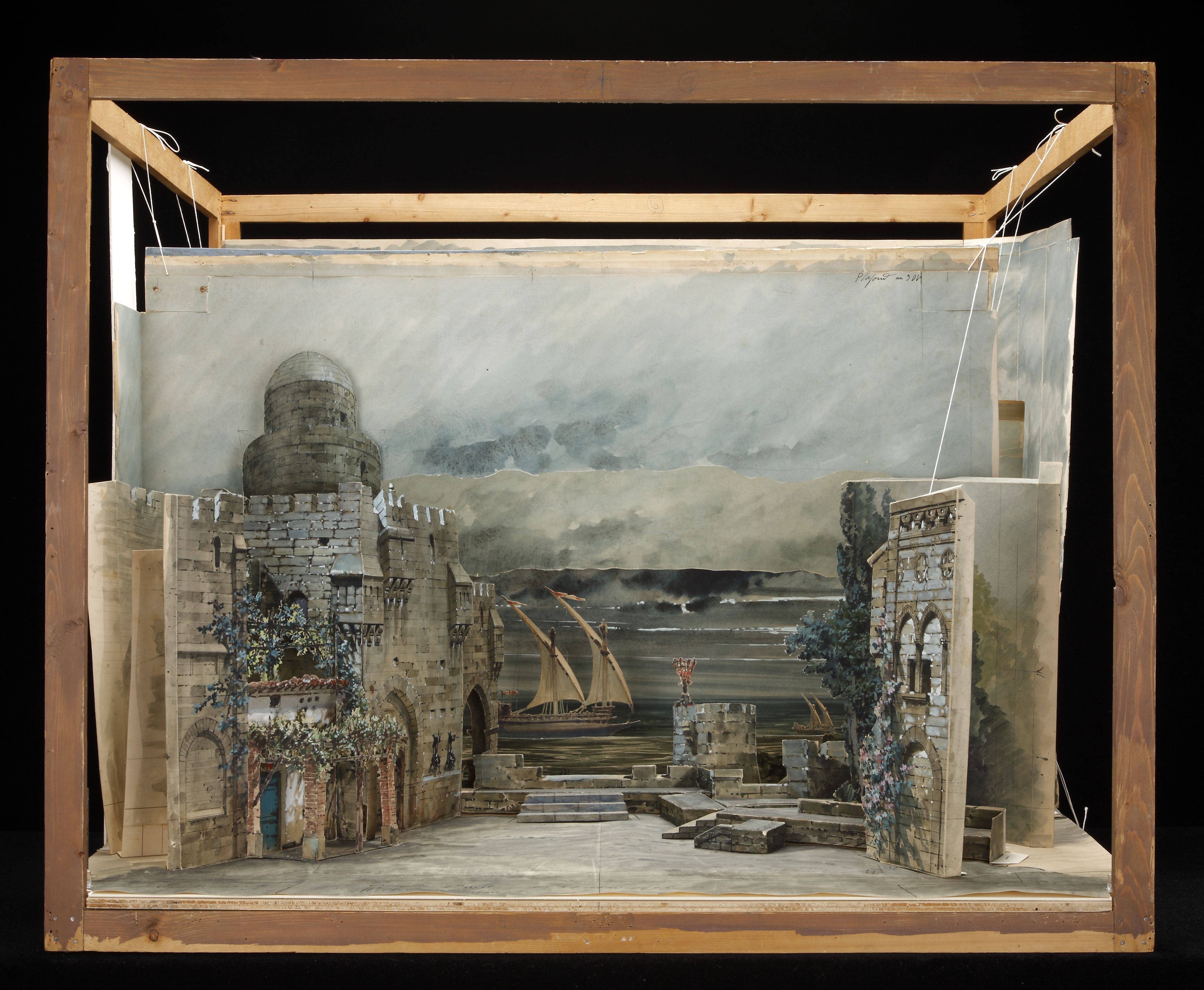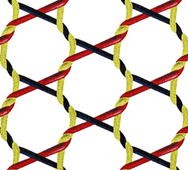|
Butterfly (lighting)
In cinematography, butterflies (also known as overheads) are structures on which materials are mounted so to control lighting in a scene or photograph. Materials commonly used on butterflies include: flags (black, opaque materials), nets (layers of neutral-colored bobinette), and diffusions (translucent white materials of different densities) for the purposes of blocking, dimming, and scattering light respectively. In general, butterflies are used only for very large materials (6 ft x 6 ft or greater), while smaller sizes are usually sewn onto portable frames (similar in construction to picture frame A picture frame is a protective and decorative edging for a picture, such as a painting or photograph. It makes displaying the work safer and easier and both sets the picture apart from its surroundings and aesthetically integrates it with them. ...s) for ease of placement and storage. Use in Industry In industry, butterflies are often called for by their dimensions, wh ... [...More Info...] [...Related Items...] OR: [Wikipedia] [Google] [Baidu] |
Cinematography
Cinematography (from ancient Greek κίνημα, ''kìnema'' "movement" and γράφειν, ''gràphein'' "to write") is the art of motion picture (and more recently, electronic video camera) photography. Cinematographers use a lens to focus reflected light from objects into a real image that is transferred to some image sensor or light-sensitive material inside a movie camera. These exposures are created sequentially and preserved for later processing and viewing as a motion picture. Capturing images with an electronic image sensor produces an electrical charge for each pixel in the image, which is electronically processed and stored in a video file for subsequent processing or display. Images captured with photographic emulsion result in a series of invisible latent images on the film stock, which are chemically " developed" into a visible image. The images on the film stock are projected for viewing the same motion picture. Cinematography finds uses in many fields of ... [...More Info...] [...Related Items...] OR: [Wikipedia] [Google] [Baidu] |
Theatrical Scenery
Theatrical scenery is that which is used as a setting for a theatrical production. Scenery may be just about anything, from a single chair to an elaborately re-created street, no matter how large or how small, whether the item was custom-made or is the genuine item, appropriated for theatrical use. History The history of theatrical scenery is as old as the theatre itself, and just as obtuse and tradition bound. What we tend to think of as 'traditional scenery', i.e. two-dimensional canvas-covered 'flats' painted to resemble a three-dimensional surface or vista, is a relatively recent innovation and a significant departure from the more ancient forms of theatrical expression, which tended to rely less on the actual representation of space senerial and more on the conveyance of action and mood. By the Shakespearean era, the occasional painted backdrop or theatrical prop was in evidence, but the show itself was written so as not to rely on such items to convey itself to the audience. ... [...More Info...] [...Related Items...] OR: [Wikipedia] [Google] [Baidu] |
Photograph
A photograph (also known as a photo, image, or picture) is an image created by light falling on a photosensitive surface, usually photographic film or an electronic image sensor, such as a CCD or a CMOS chip. Most photographs are now created using a smartphone/camera, which uses a lens to focus the scene's visible wavelengths of light into a reproduction of what the human eye would see. The process and practice of creating such images is called photography. Etymology The word ''photograph'' was coined in 1839 by Sir John Herschel and is based on the Greek φῶς (''phos''), meaning "light," and γραφή (''graphê''), meaning "drawing, writing," together meaning "drawing with light." History The first permanent photograph, a contact-exposed copy of an engraving, was made in 1822 using the bitumen-based "heliography" process developed by Nicéphore Niépce. The first photographs of a real-world scene, made using a camera obscura, followed a few years later at Le Gras, ... [...More Info...] [...Related Items...] OR: [Wikipedia] [Google] [Baidu] |
Flag (lighting)
A flag is a device used in lighting for films, motion picture and photography, still photography to block light. It can be used to cast a shadow, provide negative fill, or protect the camera lens, lens from a light flare, flare. Its usage is generally dictated by the director of photography, but the responsibility for placing them can vary by region, usually devolving to either the gaffer (filmmaking), gaffer and electricians (in the UK and much of Commonwealth of Nations, The Commonwealth) or the key grip and lighting grips (in the US and Canada). Flags come in a wide variety of shapes and sizes, from mere square inches ("dots and fingers") to many square feet ("meat axes"). Most "industry-standard" flags consist of a square wire frame stitched with black duvetyne, which minimizes any reflected light and keeps the flag lightweight. Flags are distinguished from larger light-cutting tools such as overhead rigs or Butterfly (lighting), butterflies in that they can be mounted on i ... [...More Info...] [...Related Items...] OR: [Wikipedia] [Google] [Baidu] |
Bobbinet
Bobbinet tulle or genuine tulle is a specific type of tulle which has been made in the United Kingdom since the invention of the bobbinet machine. John Heathcoat coined the term "bobbin net", or bobbinet as it is spelled today, to distinguish this machine-made tulle from the handmade " pillow lace", produced using a lace pillow to create bobbin lace. Machines based on his original designs are still in operation today producing fabrics in Perry Street, Chard, Somerset, UK. When bobbinet is woven with spots, it is called point d'esprit. History The forerunner of bobbinet tulle was bobbin lace. Lace has been produced for a long time, made in tedious hand labour with thin thread and needles or bobbins. Bobbin lace is made by weaving the threads by moving the bobbins over or under each other. Much bobbin lace is based on a net ground. By the end of the 18th century, people tried to produce the net ground mechanically. In 1765 they managed to create a tulle-like fabric on a so-cal ... [...More Info...] [...Related Items...] OR: [Wikipedia] [Google] [Baidu] |
Diffuse Reflection
Diffuse reflection is the reflection (physics), reflection of light or other radiation, waves or particles from a surface such that a ray (optics), ray incident on the surface is scattering, scattered at many angles rather than at just one angle as in the case of specular reflection. An ''ideal'' diffuse reflecting surface is said to exhibit Lambertian reflection, meaning that there is equal luminance when viewed from all directions lying in the half-space (geometry), half-space adjacent to the surface. A surface built from a non-absorbing powder such as plaster, or from fibers such as paper, or from a polycrystalline material such as white marble, reflects light diffusely with great efficiency. Many common materials exhibit a mixture of specular and diffuse reflection. The visibility of objects, excluding light-emitting ones, is primarily caused by diffuse reflection of light: it is diffusely-scattered light that forms the image of the object in the observer's eye. Mechanism ... [...More Info...] [...Related Items...] OR: [Wikipedia] [Google] [Baidu] |
Picture Frame
A picture frame is a protective and decorative edging for a picture, such as a painting or photograph. It makes displaying the work safer and easier and both sets the picture apart from its surroundings and aesthetically integrates it with them. Construction A picture frame is a container that borders the perimeter of a picture, and is used for the protection, display, and visual appreciation of objects and imagery such as photographs, canvas paintings, drawings and prints, posters, mirrors, shadow box memorabilia, and textiles. Traditionally picture frames have been made of wood, and it remains very popular because wood frames can provide strength, be shaped in a broad range of profiles, and allow a variety of surface treatments. Other materials include metals, e.g. silver, bronze, aluminum, and stiff plastics such as polystyrene. A frame surface may be of any color or texture. Both genuine gilding and imitation gold remain popular, although many other surfaces are to be found ... [...More Info...] [...Related Items...] OR: [Wikipedia] [Google] [Baidu] |



_(cropped).jpg)


